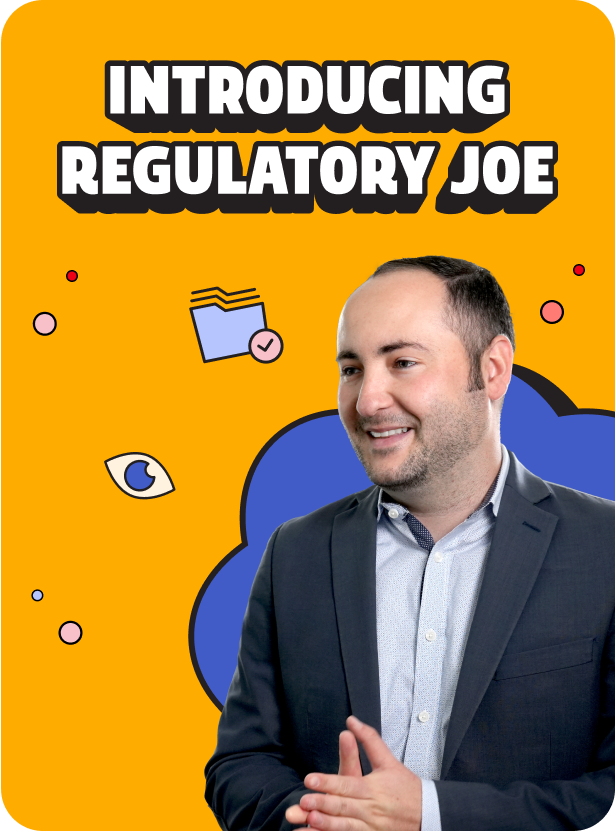By Steve Palma, President of Penstock
With growing financial and regulatory pressures on health plans, internal debates on whether to insource or outsource key operational functions are increasingly in focus. Payment integrity is one of those functions where this debate often arises. Ensuring claim accuracy, preventing fraud, and maintaining compliance are critical, but how organizations manage these functions can significantly impact efficiency, cost, and control.
According to recent HPRI data, a significant number of health plans are making the shift toward insourcing payment integrity functions, citing greater control and security as key drivers. However, others continue to rely on external partnerships to maintain cost efficiencies and access specialized expertise. Understanding the factors behind these choices is crucial for organizations evaluating their own strategies.
Insourcing vs. Outsourcing: What’s the Difference?
Insourcing means building an internal team dedicated to payment integrity, overseeing everything from pre-payment audits to post-payment recoveries. It requires investment in technology, staff, and training but allows for greater control and customization.
Outsourcing, on the other hand, entrusts part or all of these functions to external vendors. This can offer cost efficiencies and access to cutting-edge technology, but it also introduces concerns about oversight, data security, and vendor dependency.
The Case for Insourcing Payment Integrity
A growing number of health plans are bringing payment integrity operations in-house, a move driven by the need for greater oversight, data security, and alignment with organizational goals. Having an internal team provides direct control over processes, allowing for faster adjustments when issues arise. It also enables organizations to shape strategies without vendor constraints while reducing external data sharing, ensuring compliance and security are managed internally.
However, insourcing is not without its challenges. Building and maintaining a team requires significant financial and operational investment. Recruiting specialized talent, implementing robust technology, and managing day-to-day operations demand ongoing resources. Scaling up can also be difficult, particularly for organizations that lack the infrastructure to expand quickly.
The Benefits and Risks of Outsourcing Payment Integrity
For organizations that choose to outsource, the appeal often lies in cost efficiency and expertise. Vendors bring specialized knowledge, advanced analytics, and automation tools that many organizations may struggle to develop in-house. Leveraging advanced technological tools, such as the ClearBridge audit management platform, can streamline payment integrity processes. Additionally, outsourcing allows for scalability—expanding or contracting services based on changing business needs.
Yet, outsourcing comes with trade-offs. A major concern is the loss of direct control, which can lead to slower response times and misalignment with an organization’s strategic priorities. A major concern is the loss of direct control, which can lead to slower response times and misalignment with an organization’s strategic priorities. However, partnering with vendors that have strict privacy protocols and proven compliance frameworks can mitigate data security risks while maintaining operational efficiency.
Finding the Right Balance: A Hybrid Approach
Rather than viewing insourcing and outsourcing as opposing strategies, many organizations are adopting a hybrid approach. HPRI data suggests that while some health plans aim to bring payment integrity in-house, they still partner with external vendors for specialized functions such as high-volume claims reviews, advanced fraud detection, or coding validation. This model allows them to maximize oversight while leveraging external expertise where it adds the most value.
Making the Decision: Key Considerations
Choosing between insourcing and outsourcing requires a careful evaluation of several factors:
- Cost and Resource Allocation: Weigh the financial impact of internal investment versus outsourcing efficiencies.
- Technology Needs: Assess whether in-house capabilities can support the necessary automation and analytics.
- Scalability: Consider how easily operations can expand or contract based on evolving demands.
- Risk Tolerance: Assess how well potential vendors align with strict data security protocols and compliance requirements to minimize exposure and ensure regulatory adherence.
There is no one-size-fits-all solution when it comes to payment integrity. For health plans with well-established internal teams, insourcing payment integrity operations may be a logical step, as they already have the workforce and expertise to manage audits, fraud prevention, and recoveries. However, for organizations with smaller teams—some with as few as 10 to 30 payment integrity representatives—insourcing could pose significant challenges in terms of staffing, workflow management, and training. These organizations may benefit from external support to fill resource gaps while maintaining some level of internal oversight.
Regardless of the approach, the ultimate goal remains the same: ensuring payment accuracy, reducing waste, and maintaining compliance in an increasingly complex healthcare environment. Organizations should continually assess their approach to payment integrity, adapting to industry changes and internal capabilities to find the right balance of control, efficiency, and expertise. For a comprehensive guide on transitioning to an insourced model, consider reading ‘From Outsource to Insource: Your Roadmap to Seamlessly Bring Payment Integrity Back Home.’
Editor’s Note: How Penstock Helps Health Plans Build a Best-in-Class Payment Integrity Team
Navigating the balance between insourcing and outsourcing payment integrity is complex, but Penstock helps health plans build best-in-class teams through tailored consulting, operational support, and vendor strategy. Whether you’re developing an internal team, optimizing vendor performance, or implementing a hybrid approach, our experts provide the structure, tools, and analytics needed to maximize efficiency, reduce waste, and ensure compliance. From strengthening internal controls to integrating cutting-edge automation and fraud detection, we help organizations achieve sustainable cost savings and accuracy improvements.









